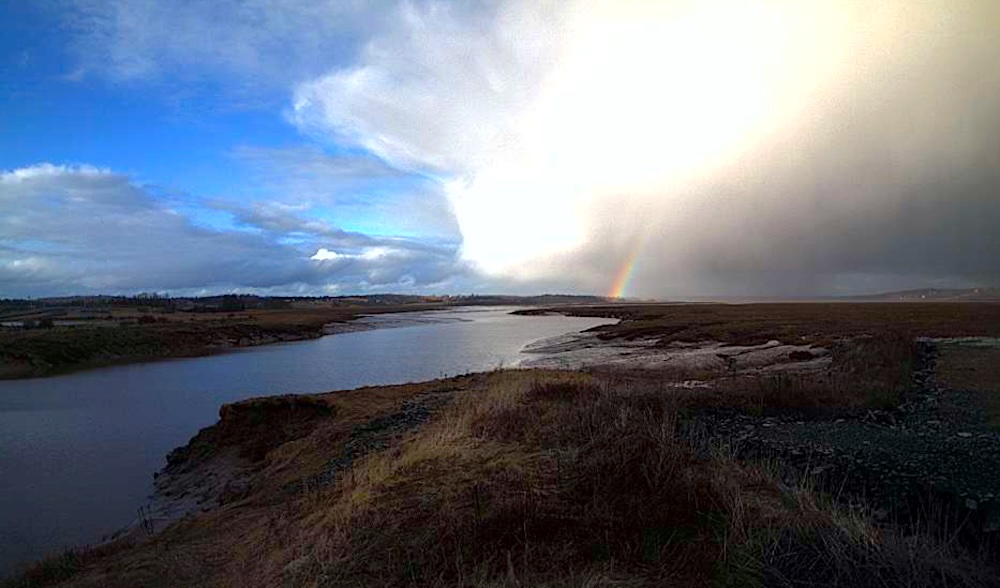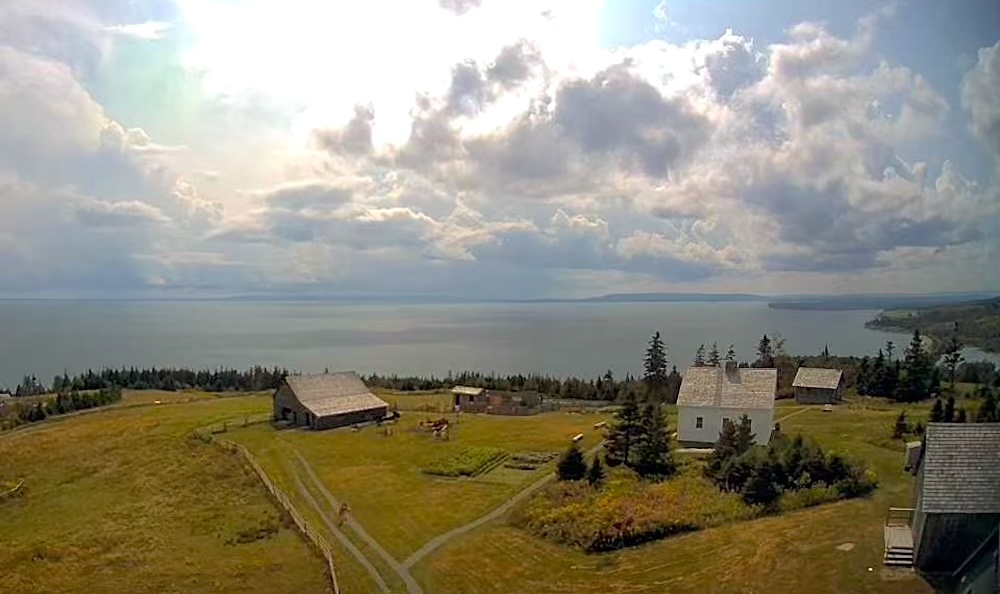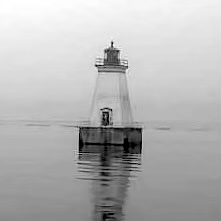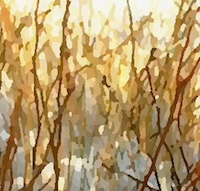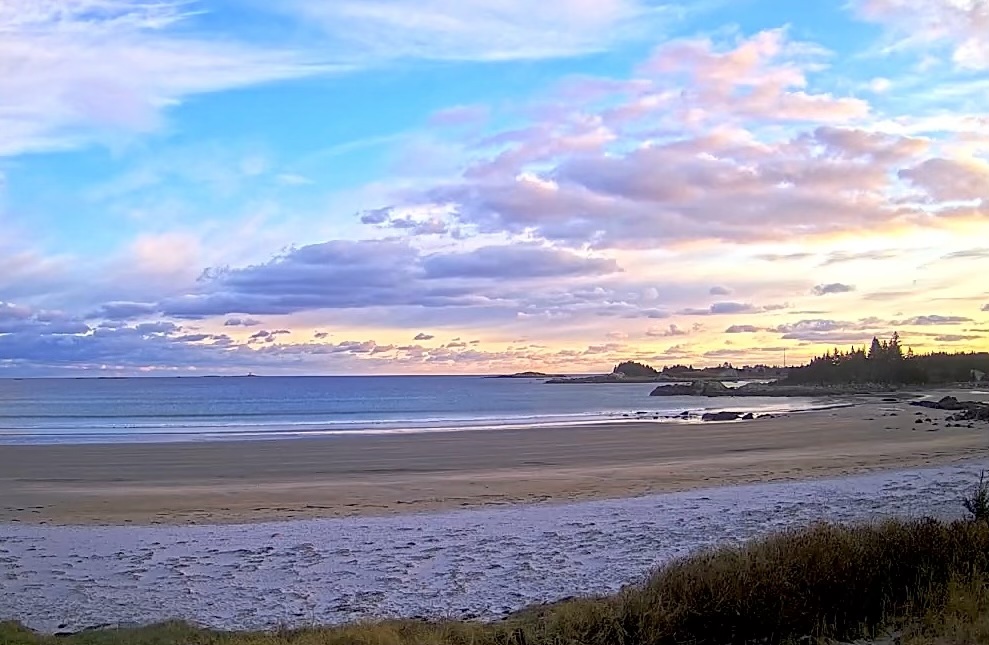We live in a very thin layer of Earth called the biosphere, where all life exists. The biosphere is made up of ecosystems, which are systems where living things interact with their non-living surroundings.
Consider, for example, an apple tree. It’s a small ecosystem that offers many benefits, like providing food and supporting the environment. It helps with pollination, improves soil health, cleans the air, regulates the local climate, and reduces human stress by just being there. This ecosystem works through a complex balance of processes. But, natural disasters and human activities can threaten this balance. When we understand these deep connections, we see how humans and nature form a social-ecological system.
Social-ecological resilience is the ability of this system to handle disruptions, adapt to changes, and still keep its main functions and purpose. It means the system can grow and adjust while staying true to itself. There’s a growing connection between social-ecological resilience and visual arts, like photography. Art can help us explore, understand, and share the complex ways these systems work. For example, community projects using photovoice—where people tell stories through pictures—can build resilience by bringing people together.
This site focuses on using webcams as a way to introduce social-ecological resilience. Images, of approximately 1000 pixels width, were captured from fixed web cameras using the site's screen capture tool and then photo-edited. Rendering a highly accurate image was not the goal. Rather, the resulting images were intended to spark emotions and create curiosity about environmental issues while working toward a sense of personal and community resilience. After viewing, ask yourself: are you more curious or perhaps moved to explore further?
All images, unless otherwise indicated, were sourced from Nova Scotia Webcams, https://www.novascotiawebcams.com/ using the site's screen capture tool.
You are encouraged to use, adapt, improve upon, and share these resources in the spirit of the Creative Commons CC BY 4 International License. You are free to: Share — copy and redistribute the material in any medium or format and Adapt — remix, transform, and build upon the material for any purpose, even commercially. Under the following terms: Attribution — You must give appropriate credit, provide a link to the license, and indicate if changes were made. You may do so in any reasonable manner, but not in any way that suggests the licensor endorses you or your use.

